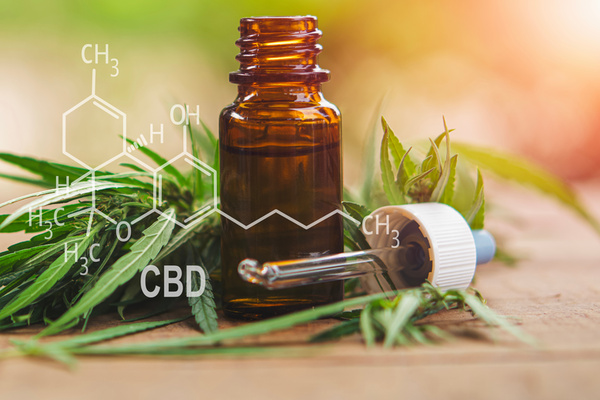
The U.S. CBD (Cannabidiol) market is growing exponentially, and sales of CBD products reached $4.6 billion in 2020. By 2028, sales are expected to increase more than threefold. This explosive growth is being fueled by increased awareness of the therapeutic benefits of CBD. An article published by Harvard Medical School reports that CBD can improve sleep disorders, fibromyalgia pain, muscle spasticity related to multiple sclerosis, and anxiety. According to the Mayo Clinic, cannabidiol (CBD) oil is considered an effective anti-seizure medication.
Although CBD is generally well-tolerated, it can cause dry mouth, diarrhea, reduced appetite, drowsiness, and fatigue. It can also interact with blood thinners and other medications. Consumers should consult with their doctors before adding it to their daily regimen.
Because so many CBD products are available to the consumer, choosing a product can be overwhelming. What complicates matters even further is that independent testing has shown that many products do not contain the amount of CBD listed on their labels. According to Labeling Accuracy of Cannabidiol Extracts Sold Online, a study published in the Journal of the American Medial Association, 26 percent of tested products contained less CBD than labeled.
With literally thousands of products to choose from, what is the consumer to do?
The Alternative Pain Treatment Directory turned to cannabinoid expert Dr. Robban Sica, M.D., for guidance. Dr. Sica has been practicing integrative medicine for over 36 years and has treated patients from all over the world at her office in Westport, Connecticut. Dr. Sica has worked extensively with patients experiencing chronic pain.
Q: How would you describe your approach to medicine?
A: I have a very holistic way of looking at things, in other words, what we are really trying to do is get to the underlying issues that are causing symptoms. I practice integrative medicine which encompasses all kinds of things including mind-body medicine, biochemistry and nutrition, balancing hormones, food allergies, environmental illnesses, detoxification, heavy metals, and chelation therapy.
Q: How does your holistic approach apply to patients with chronic pain?
A: The conventional medical approach to pain is focused only on relief: “Let’s give a person medication or something that is going to cover up the pain so they get some relief” but that does not address the different pieces that are contributing to that person developing that pain. For example, there are many contributing causes to neuropathic pain. While there could be many different things, some are pretty simple things like hypothyroidism or low B12 levels or high blood sugar. There are so many different imbalances that can contribute to someone’s pain. Just taking a pill or oil or topical to relieve the pain when you aren’t understanding the underlying pieces, means that that you miss the opportunity to literally eradicate some of the causes that are causing the pain.
Q: You have spent years researching the science of cannabinoids. Can you give us an overview of how CBD works in the body?
A: I’ve done a lot of lectures on the subject, so I’ll start out with some basic definitions.
- The compounds found in the cannabis plant are called cannabinoids.
- The places that cannabinoids work in the human body are called cannabinoid receptors.
- The substances within our body that attach to these receptors are called endocannabinoids.
- THC, CBD, and other compounds found within the plant are called phytocannabinoids.
CB1 and CB2 are the most common receptors for our own endocannabinoids. CB1 receptors are located in the brain and throughout the body, and CB2 receptors are found mostly in the immune and gastrointestinal system. It’s just fascinating because those receptors regulate neurotransmitters, inflammatory markers, the immune function, and even the endocrine system. All of those other systems are regulated by the CB1 and CB2 receptors, and endocannabinoids and phytocannabinoids can bind to those receptors.
Q: If we have our own endocannabinoids, why might our body benefit from phytocannabinoids?
A: The two predominant endocannabinoids are anandamide, and 2-AG (2-archidonoyl glycerol). Anandamide is called the “bliss molecule” because it produces euphoria, similar to a runner’s high that athletes often experience. People who meditate also start to crank out anandamide—that really wonderful kind of euphoria. If you are deficient in anandamide, that can contribute to depression, anxiety, and insomnia. All of those things are huge stressors on the body and can worsen pain. As for 2-AG, it affects the immune system and regulates a lot having to do with inflammation, and inflammation is often the cause or a major contributor to any kind of pain syndrome. If we can’t raise the anandamide and the 2-AG naturally, then we can use CBD and the other phytocannabinoids.
Q: Is there a way to simplify all of that?
A: It’s not as complicated as it sounds. In other words, we have our own endocannabinoids, but due to stress, diet, and other factors, you can become deficient. Neurologist, Dr. Ethan Russo, published studies on Endocannabinoid Deficiency Syndrome, which contributes to fibromyalgia. migraine, irritable bowel syndrome, and other hard to treat conditions.
So where are you going to get the cannabinoids your body needs to regulate all of your internal systems? One of the good sources would be full spectrum hemp oil.
Q: What do you mean by full spectrum?
A: When we are talking about phytocannabinoids, there have been over 80 identified so far. CBD is the one that’s been the most studied and gets the most attention, but they actually work in combination. When you look at full spectrum hemp oil versus isolated CBD, the full spectrum is more effective because it has a whole entourage of the 80+ phytocannabinoids and also some terpenes (compounds found in plants) that have synergistic effects. To me, it’s always better to do a full spectrum than it is to do an isolated CBD.
Q: How does CBD compare to medical marijuana?
A: To some extent, medical marijuana has garnered all of the attention as if it’s better. It’s not necessarily better. There are side effects to THC. Some people tolerate it just fine, but there is a subset of people who are genetically susceptible to psychotic episodes from THC. It can also raise blood pressure and increase sympathetic tone which is the stress neurotransmitter. It’s not necessarily a completely benign thing. You can buy THC from a dispensary, and that’s fine, but do you know what you are getting? What I find interesting is that a lot of my patients who are certified with a medical marijuana card will go to the pharmacy and they can’t necessarily get exactly what they need or it has side effects. For example, they will use THC products to sleep at night, but they might not be able to use it during the day if they have to work because it makes them sleepy and not able to function completely. Whereas hemp oil contains zero to 0.3 mg of THC which is minimal.
Q: Is it true that many brands of CBD have low absorption rates?
A: The problem with phytocannabinoids, and CBD in particular, is that it is only about 6 percent absorbed. So, depending on your source of CBD, you may find that it doesn’t work. That’s because the product is not very well absorbed.
Q: Is there a brand of hemp oil that you recommend that has high absorption?
A: I’m very particular about the products I recommend. The company I recommend had a regular CBD product that they were getting good results with but decided they wanted to make it more bioavailable (to increase absorption). So they combined it with a product 10XPure which is oxygenated and contains five essential fatty acids. Because it’s oxygenated, it’s both water and fat soluble. The advantage is that it increases absorption to over 90 percent which is a huge difference in terms of delivery. What they didn’t realize until they started doing testing is that it also preserves cannabidiol (CBD) as cannabidiolic acid (CBDA). There’s nothing else like that on the market that I’m aware of.
Q: What is the difference between CBD and CBDA?
A: The phytocannabinoids in the hemp plant are naturally occurring in the acid form. When you take that plant and you crush it or heat it to get the oil out of it, you oxidize CBDA to cannabidiol which is the alcohol form. In the process, you are losing the acid form. Everybody thinks CBD is the best, but CBDA is even better.
Q: How do you know CBDA is superior?
A: Professor Raphael Mechoulam from the School of Pharmacology in the Faculty of Medicine at Hebrew University in Jerusalem, found that the acid form is far more potent for pain and inflammation by blocking the COX-2 enzyme, similar to NSAID’s such as Celebrex . It also works better for sleep and anxiety. Mechoulam has been widely recognized for his ground-breaking research in the world of medicinal cannabis, and he is currently working on a patented drug that is a synthetic CBDA. Unfortunately, I’m sure it will be very expensive when it finally comes to market.
Q: Speaking of expensive, high-quality CBD can be quite expensive. How much can the consumer expect to spend for a quality product?
A: The product I use in my practice costs between $60 and $150, and the price depends on potency. If taken twice a day, it will last for one month. If taken once a day, it will obviously last longer.
Q: Since cannabis has so many therapeutic benefits, why has it taken so long for it to be used medicinally?
A: It hasn’t. The history of cannabis goes way back and it has been used medicinally for thousands of years. In the early part of the 1900s, all of the drug companies had patented drugs based on cannabis. That changed after the Marihuana Tax Act of 1937 restricted its use, and then, in 1971, marijuana was made a Schedule 1 drug which is ridiculous. That puts it in the same class as heroin, LSD, and ecstasy, defined as no medicinal use and high potential for abuse.
Q: How long have you been using CBD in your practice and what do you recommend it for?
A: I’ve been using CBD since 2014, and during that time, I have used a number of different products. Some of the products were better than others, which had a lot to do with bioavailability (absorption). I most commonly recommend CBD for inflammation, anxiety, mood disorders, and sleep. But there are so many other things it is good for. Studies show it can have positive impact on rheumatoid arthritis, inflammatory bowel disease, blood pressure, heart disease, metabolic syndrome, and pre-diabetes. About one third of my patients take it, and quite honestly, considering the world we are living in, I think everyone could benefit from CBD.
Q: What results have your pain patients reported?
A: I’ve had patients who have had their pain go away in minutes. Literally minutes. I had a patient who is a doctor, and he had numerous fractures in his cervical spine. He couldn’t take narcotics, so he was living with pain for years. I gave him a dose in my office, and within a few minutes, he said, “Oh my God, I’m pain free.” It’s important to stress that it’s not going to be instantaneous for everyone, and nothing works for everyone. There are a lot of other things that contribute to pain. This isn’t a panacea, but if someone takes it consistently, it’s going to start to modulate inflammation which is always going to be beneficial.
Q: How has it helped your patients with anxiety?
A: I’ve had people who have had their anxiety level go from a ten to a two in fifteen minutes. I had one patient who came in so anxious that she was like a deer in the headlights. She had something really stressful going on in her life, so she couldn’t even process anything I was saying. After I gave her a dose of hemp oil, she calmed down and her whole demeanor changed. It calmed her down to the point that she could talk to me. It was amazing. I’ve had similar things happen with patients dozens of time.
Q: Do you take CBD oil?
A: Yes. I was taking a good CBD product, but when I switched to the 10XPure, my mood improved in ways I can’t even explain. I’ve always been a little on the dysthymic side, a little down or depressed. Within three days, I felt happy for no reason. I still take it once a day.
Q: Have any of your patients experienced side effects from using CBD?
A: I’ve had very few people have any sort of reaction, especially considering I’m used to dealing with super sensitive patients. I’ve seen virtually no reactions.
SEE OUR OTHER RECOMMENDED PAIN RELIEF PRODUCTS HERE
Christine Graf is a freelance writer who lives in Ballston Lake, New York. She is a regular contributor to several publications and has written extensively about health, mental health, and entrepreneurship.
Related Articles



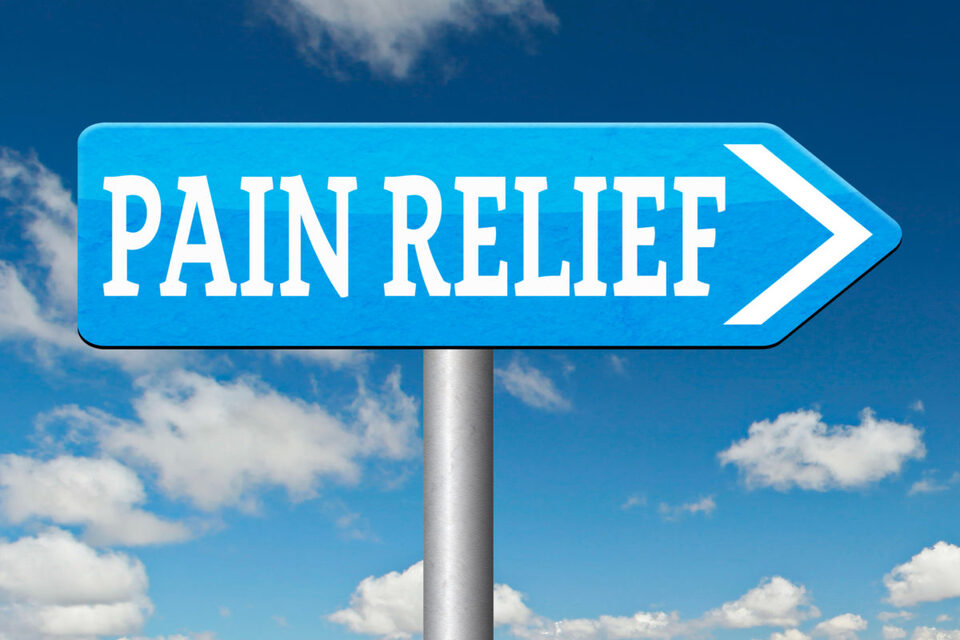

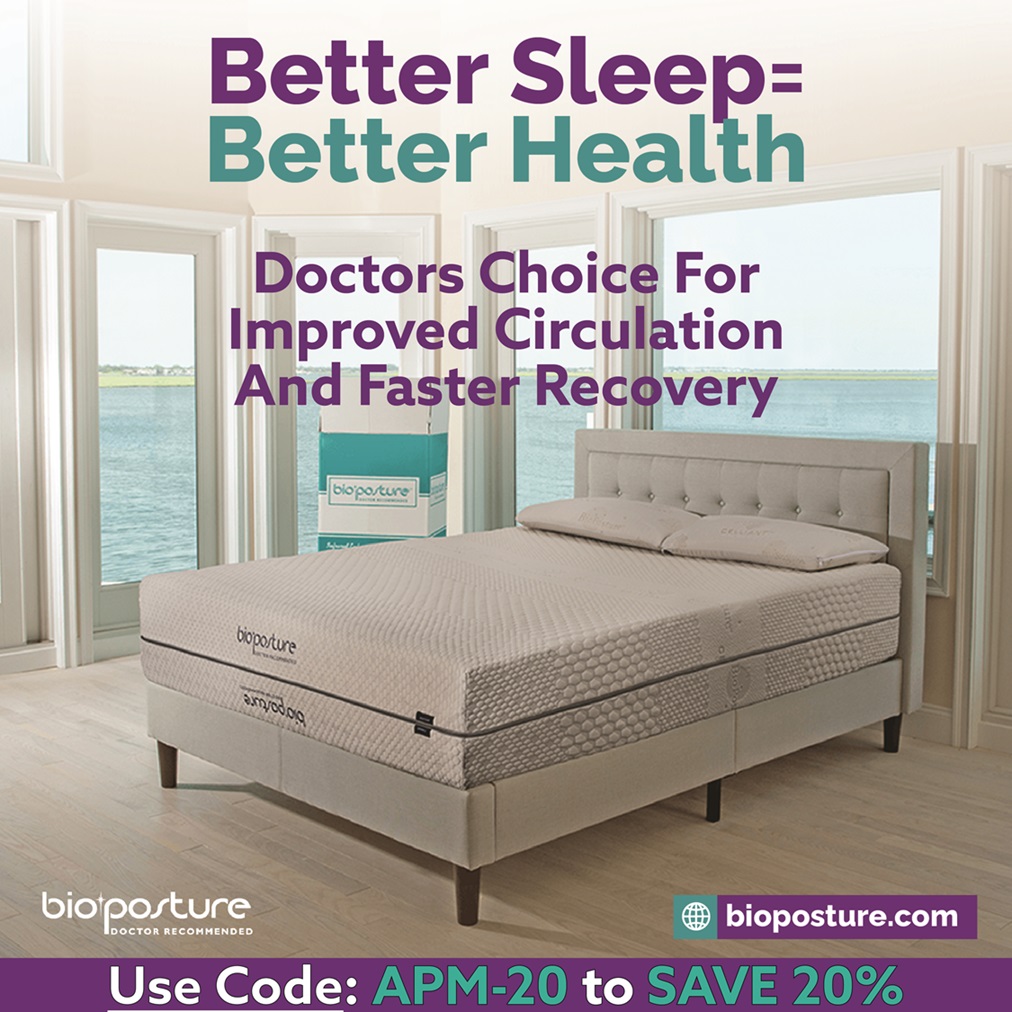
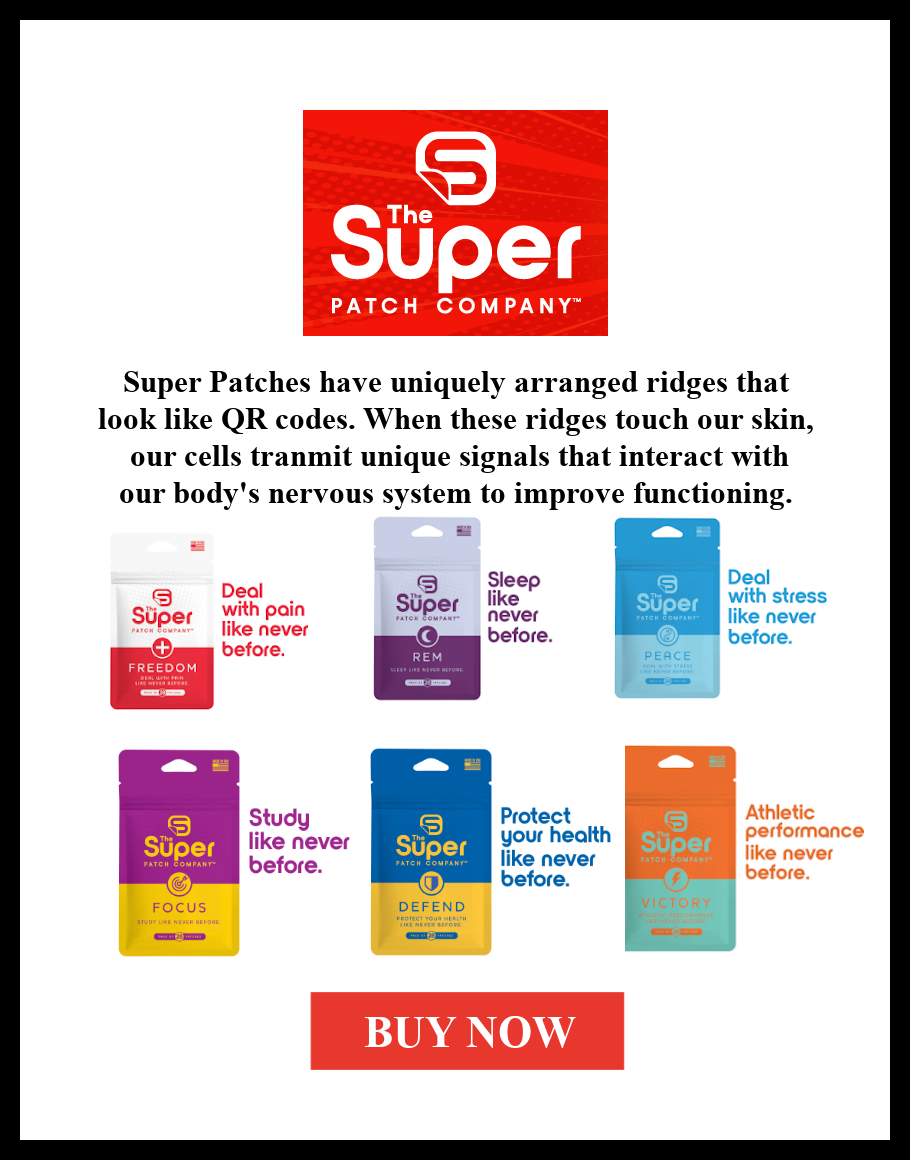

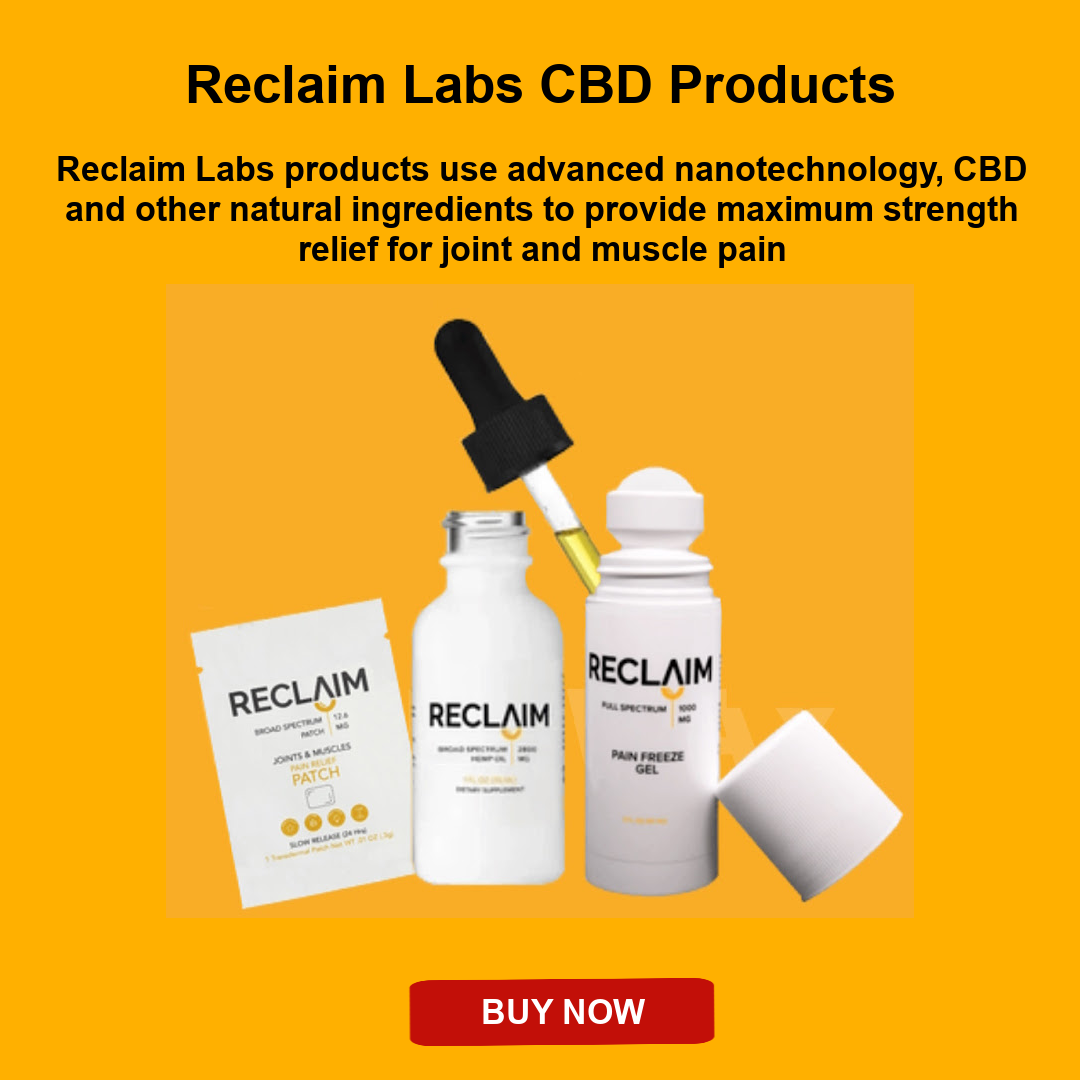


Comments